Story by Dino Brunori
In the Mille Miglia won by Marzotto and his Ferrari in 1950, there was a great victory by one of the small builders – what we today call the Etceterinis. The first car that arrived on Viale Rebuffone in Brescia was not, as usual, one of the most powerful cars which left between five and seven o’clock in the morning, but a little red berlinetta from the 750 sport class.
It was the first time that such a thing happened.
The tiny car was the Patriarca number 232 – the time of departure – of Sesto Leonardi and Agostino Prosperi, who drove a perfect race, who acheived an overall average speed of 105 km/h, with a peak of almost 157 km/h on the Firenze – Mare motorway, which allowed them not to be sucked up by Ferrari and Alfa Romeo. In the end, in addition to winning their class, the little Patriarca placed 24th overall.
The phenomena of the small builders-tuners is one of the most interesting stories of the years immediately after the Second World War. Rodolfo Patriarca, the man behind the car, was one of these. He was also known as “the wizard of San Giovanni”, from the name of the neighborhood in Rome where his workshop was located.
Born in 1908 in the province of Teramo, Rudolfo started working as an aide in his father’s blacksmith workshop when he was young. The experience with mechanics and engines was perfected during the aviation service when he was working at the experimental shop of Guidonia airport, one of the most famous centers in the pre-WWII period. However, the turning point came in 1932, when Rodolfo moved to Rome and opened his own workshop in the San Giovanni district, where he cultivated a clientele made up of motorists and enthusiasts who appreciated his devotion and skill. During the war he went back to aviation service to take care of the airplane engines, and after the war he returned to Rome and opened a new workshop in via Provana.
The post-war recovery was difficult, and everything was in short supply. The first sport to quickly resume was motor racing. Important racecars, like Alfa Romeo and Maserati, had been hidden and protected during the war, and they were now ready to get back on track.
But that was the big leagues. It was necessary to increase the participation of mass-produced automobiles such as Fiat and Lancia in automobile competitions. The organizers of the Mille Miglia encouraged such cars, and by 1950 there were 375 entrants, many with Fiat 500A, Bs, Fiat 1100s and the smaller Lancias.
It is in this context that in 1948 Rodolfo Patriarca took the big step and became a builder of cars who would bear his name.
The Patriarca 750 Sport was commissioned by Giuseppe Musolino, the head of the Rome Celere Police, who was passionate about racing. The starting point for the sport 750 class had always been the Topolino: in 1948 it was the new model B. Giuseppe modified the frame, hardening and stiffening it properly where needed, and the brakes were improved with the adoption of those of the Fiat 1100B. For the engine it was an easy choice; in Rome the Giannini brothers were getting the G1 engine of 750 cc ready. Patriacra modified it further and this engine was fitted in the car. The bodywork of the coachbuilder Mario Faina, also from Rome, was in aluminum of the torpedo type, with mudguards.
The car and the reputation that already surrounded Patriarca attracted the attention of Sesto Leonardi, a very active gentleman driver in the Italian championship, who brought Patriarca his Fiat Stanguellini 750 for race preparation, not being very satisfied with the results in the first races.
Notice the previous names: Giannini and Stanguellini, who are known as the two most famous tuners of the Fiat 750 engines. Patriarca made his name fine tuning the engines of the top tuners! Tuning, Squared!!
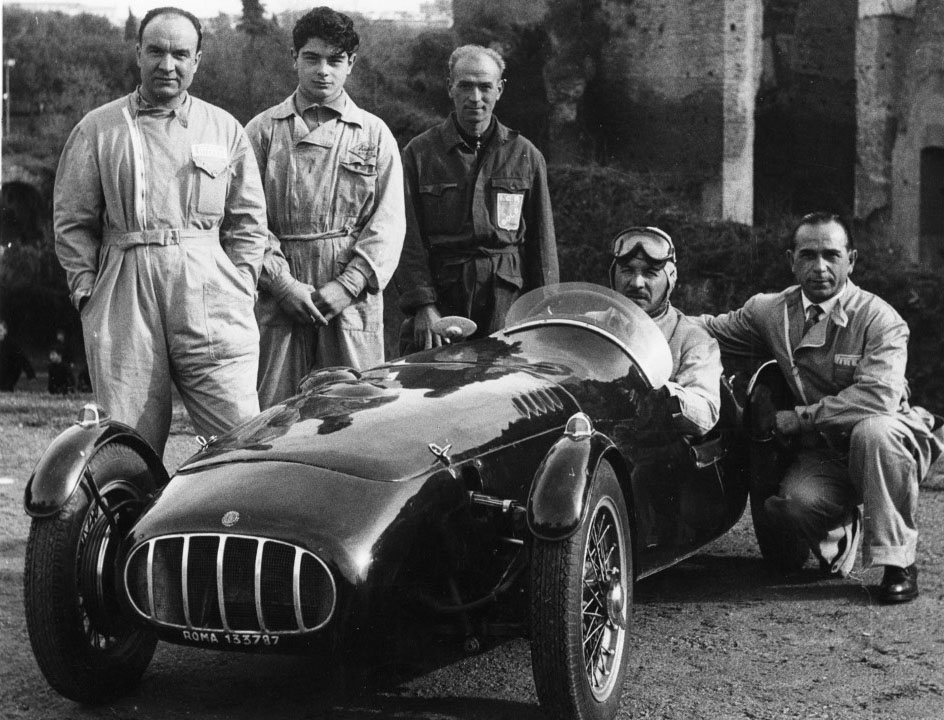
1950 Leonardi Patriarca 750 sport bodied by Schiaretti. Sesto Leonardi is driving, next to him is Rodolfo Patriarca, and the boy in the middle is his son Bruno between two mechanics Credit Archivio Patriarca
With a series of victories and first place results, Sesto Leonardi won the Italian championship in 1949, but had unfinished business with the Mille Miglia, where he retired due to mechanical breakdowns in both 1947 and 1948 editions. He asked Patriarca to build two cars for the 1950 season, a sport and a berlinetta for the races where the closed body had a significant aerodynamic value. For the sport version Patriarca adopted the Gilco tubular frame, Giannini G1 engine with Marino head, Topolino mechanics with 1100 brakes and an aluminum bodywork by Mario Schiaretti of Parma.
The berlinetta version was different. It had a chassis derived from the platform of the new 500C, and the usual G1 engine combination, Fiat mechanics and an aluminum bodywork by Mario Faina, which incorporated the lines of the Bertone 1100. Leonardi alternated the two cars in the various races of the championship and again won the Italian title in the 750 class in 1950.
In addition to the two Leonardi cars, a sport was also commissioned by Luigi Musso, the great and unlucky F1 champion who made his debut in the car races with a Patriarca 750. The car differs from that of Leonardi only for the body made by Faina. Musso started the 1950 Mille Miglia but was forced to retire before reaching Rome.
The 1951 Mille Miglia witnessed another car prepared by Patriarca, the Fiat 1400 of Monaco / Fortuna. The car was a standard sedan bought just before the race by Ottorino Monaco, who was a gentleman driver, a wealthy doctor, vice president of the ACI Roma, a founder of the Vallelunga race track and a faithful client of Rodolfo. In the end they were 53 O/A, 10th in class and first of the 1400cc cars. With this car serviced by Patriarca, Monaco would be a class Italian Champion in the following two seasons, 1952 and 1953.
Two other sports 750 cars with the usual mechanical scheme were built in 1952, one for the pilot Saccani and one for Ricci. Both were bodied by the Morelli brothers from Ferrara who created a streamlined silhouette with integrated mudguards and a profiled fin behind the pilot. The story of Ricci’s car is interesting. The intention was to enter the Mille Miglia, but then the driver changed his mind and embarked with the car for Mexico to participate in the Carrera Panamericana. Whilst the car was on its way, Ricci agreed with the Scuderia Guastalla to drive one of the Scuderia’s four private Ferraris: paired with Maglioli, they were 5th O / A. And the Patriarca 750? It was sold on the spot to an American mechanic who took it to the USA for the SCCA races. The fate of this car has become an urban legend surrounded by so much mystery and a lot of fantasy.
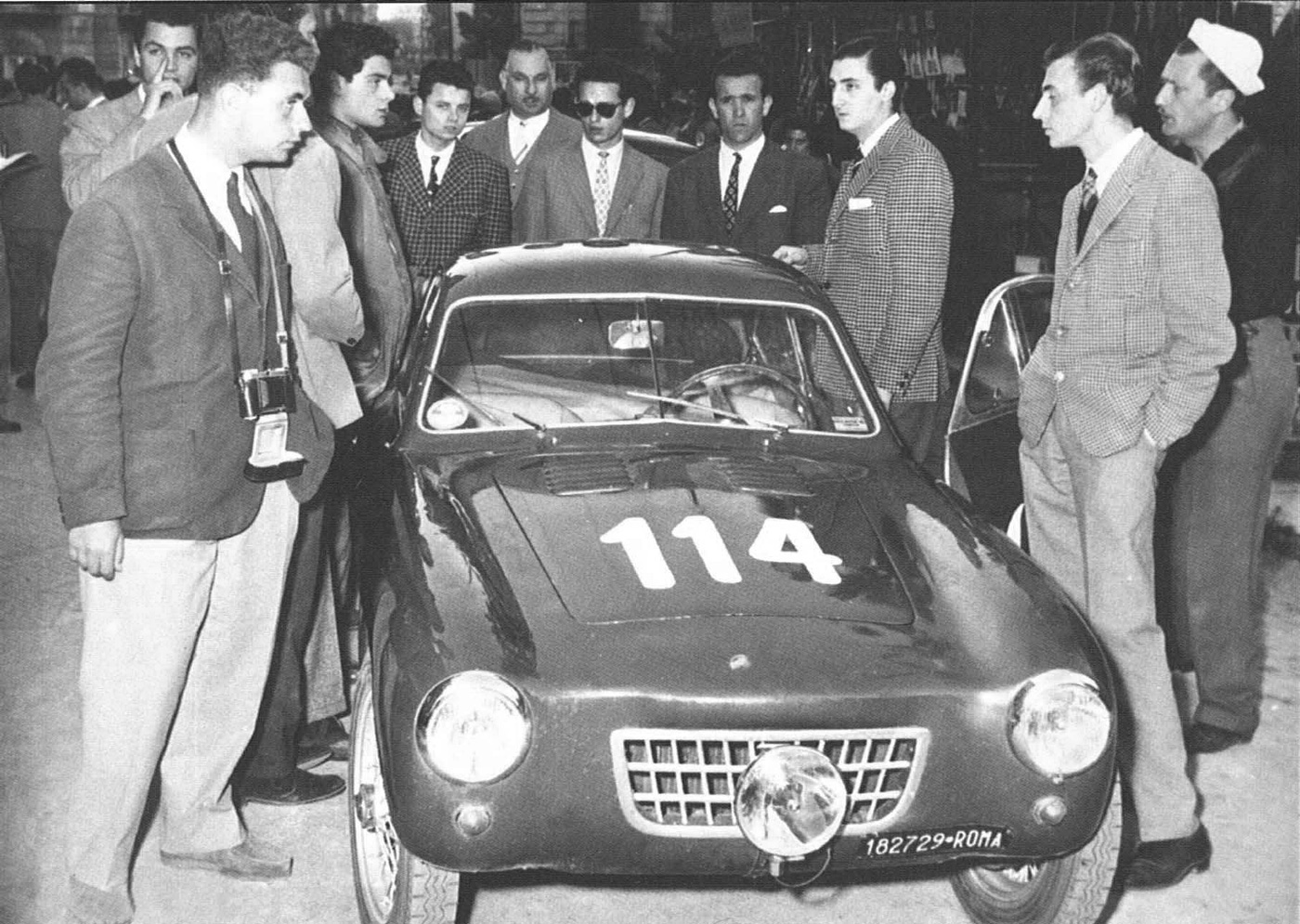
54 Giro di Sicilia Patriarca Zagato 750 or Starabba-Morpurgo. Note the resemblance to the Zagato 1100 Fiat coupe. Where is it today? Credit Archivio Patriarca
Leonardi turned again to Patriarca for the construction of a new berlinetta for the 1953 1000 mile race. Usual scheme: Gilco tubular frame, G1 engine with aluminum components, mechanical parts from Fiat 1100E. And for the bodywork? Rodolfo turned to Zagato, who made an authentic work of art: a silhouette with minute and perfect proportions of the Fiat 1100 Zagato, a design without a line out of place. Unfortunately, it was not successful and Leonardi was forced to retire, but the car caught the admiration of all the insiders. After an intense sporting life in Sicily, it has been missing since the end of the 60s.
The 1955 Mille Miglia saw the last participation of a Patriarca sport 750, with the pilot Bozzini who ranked 123 O / A and 6th in class.
Rodolfo Patriarca continued in the following years with the production of Formula Junior cars, Formula Baby and with the race tuning, winning many Italian championships and participating in several editions of the European championship with the machines prepared in his workshop with the help of his sons Bruno and Franco. The workshop still operates today with the third generation of the family.
Of the seven 750 cars, three have survived: the first and last sport and the 1950 Mille Miglia berlinetta. The latter appeared at the RM auction in Monterey last August, and despite a reasonable estimate of the importance of the car, curiously did not find a new owner.
Previous articles about Etceterinis in the Mille Miglia
https://velocetoday.com/etceterinis-in-the-mille-miglia/
https://velocetoday.com/mille-miglia-etceterinis-fiat-500a-mor-sca/
https://velocetoday.com/stanga-and-the-mille-miglia/
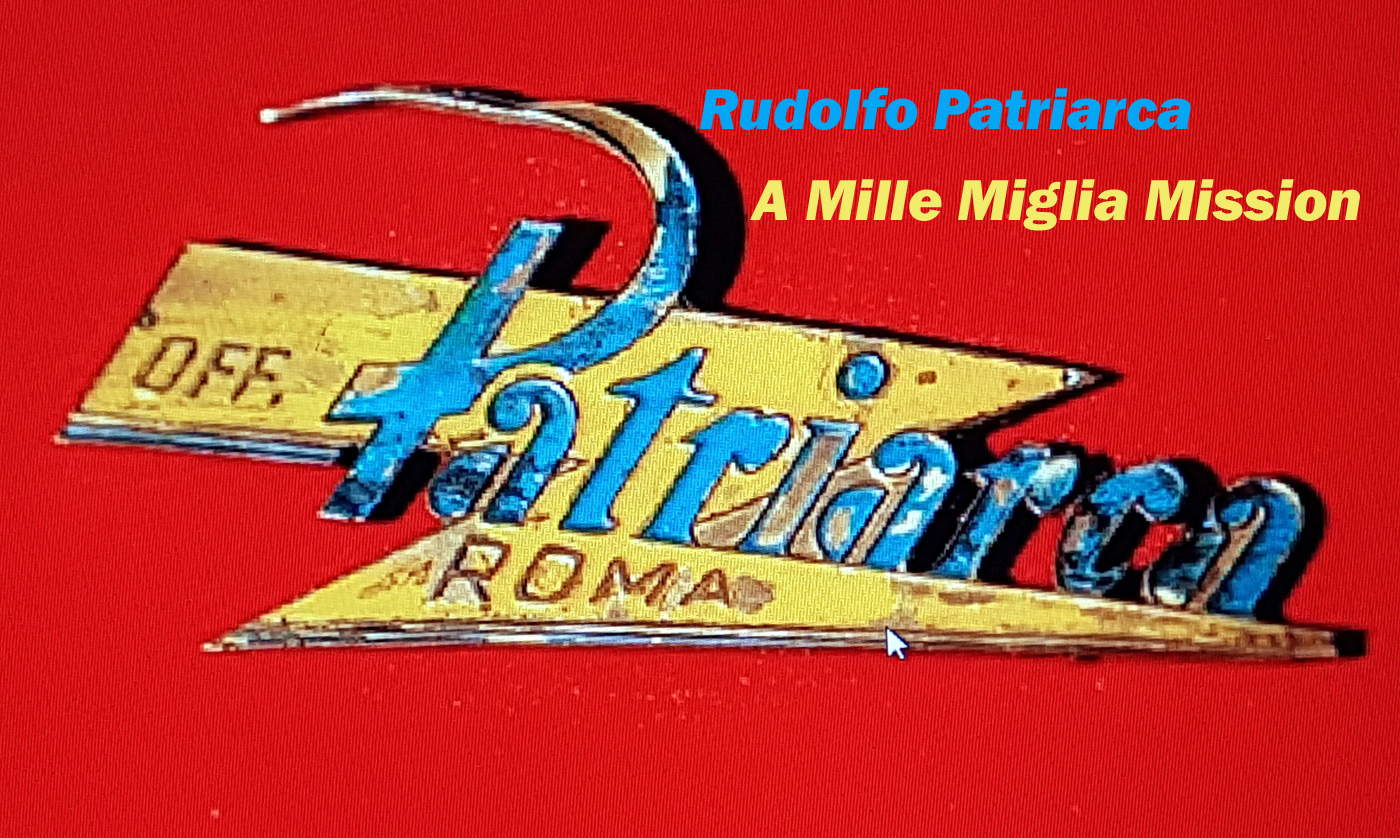
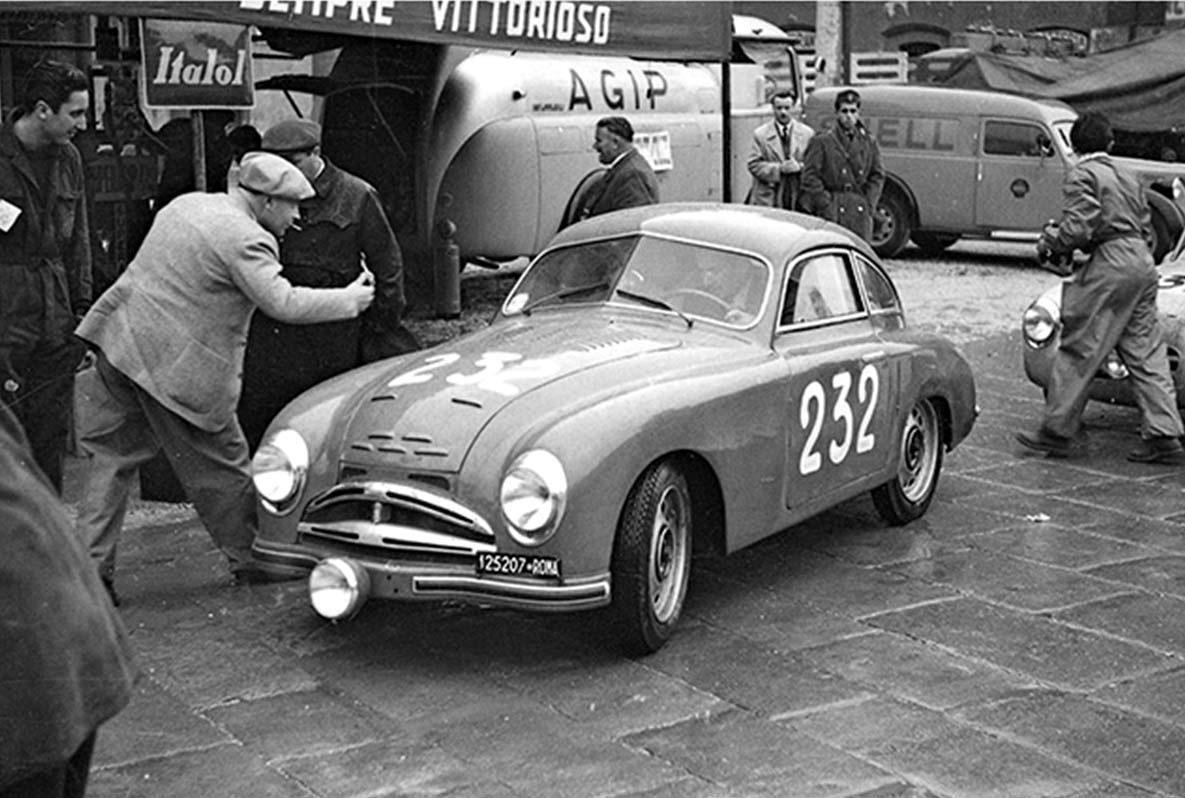
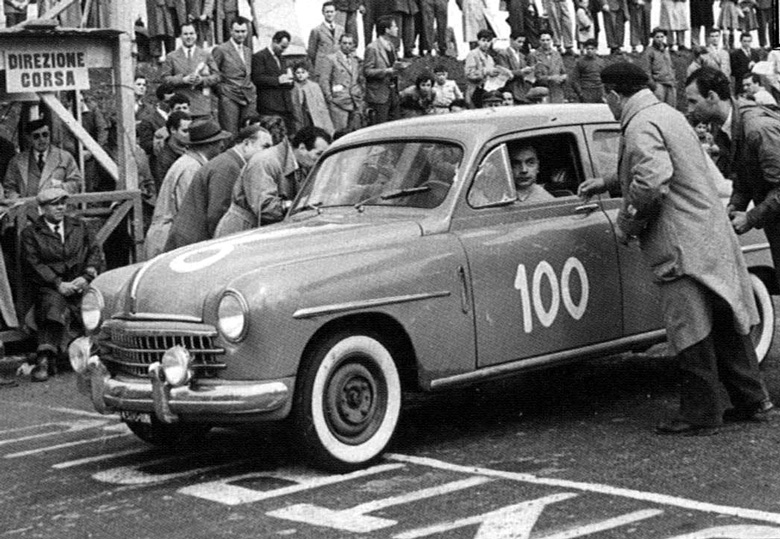
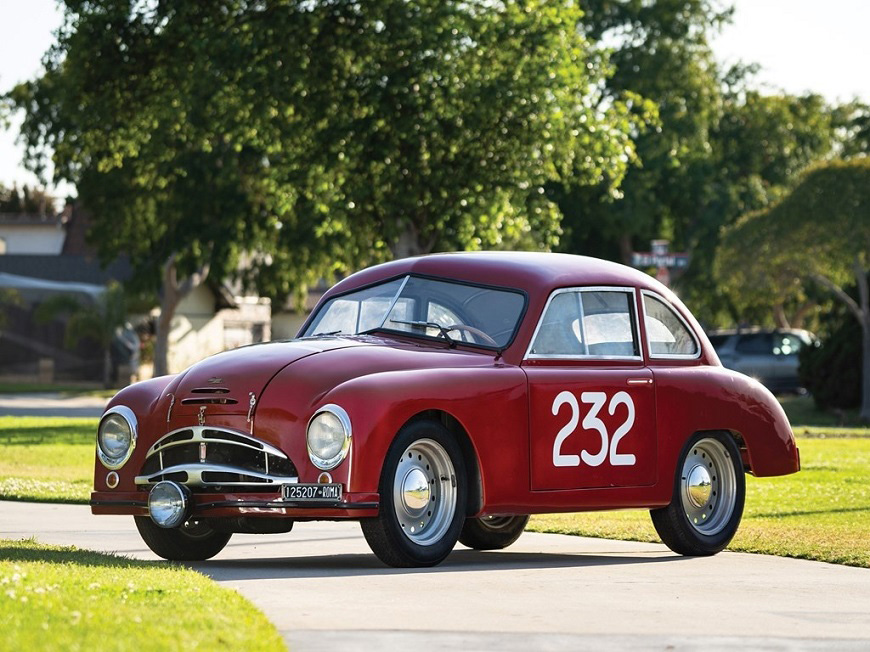
Thanks Dino for another very interesting story that helps us keep our interest in vintage sports cars alive.